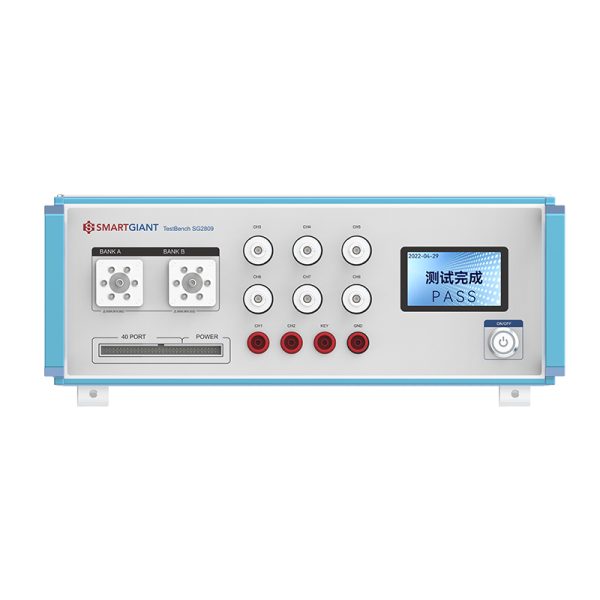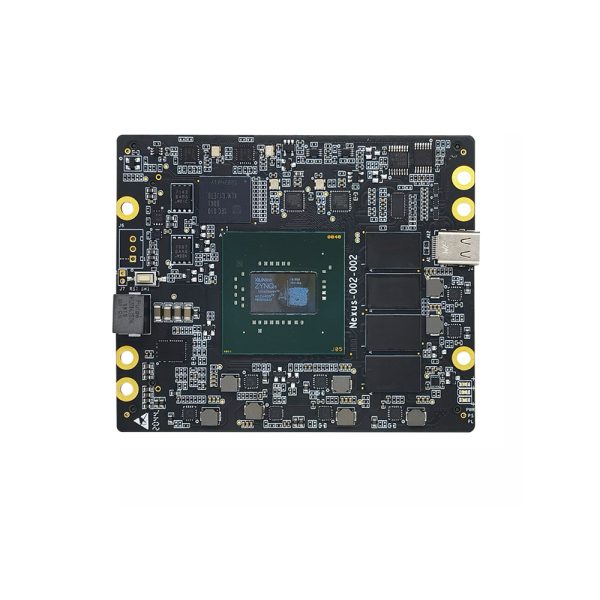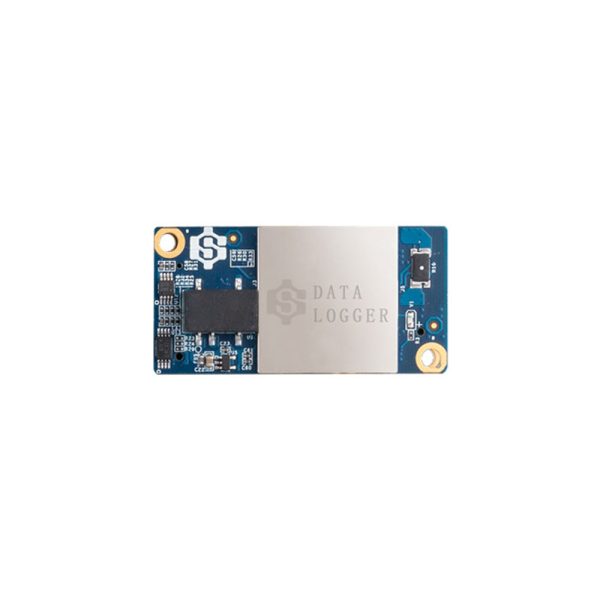
Field programmable gate array (FPGA) technology has revolutionized the electronics industry, offering unparalleled flexibility and adaptability in designing and implementing digital circuits. With its ability to be reprogrammed after manufacturing, FPGA technology has become a game-changer for various applications.
FPGA Technology: A Versatile Solution
field programmable gate array technology allows engineers to create custom logic circuits that can be modified or updated as needed. This flexibility makes it an ideal choice for prototyping, testing, and even production purposes. By using FPGAs, developers can quickly iterate their designs without the need for costly hardware revisions.
In addition to its versatility, FPGA technology offers high performance capabilities. Its parallel processing architecture enables faster data processing speeds compared to traditional microprocessors. This advantage is particularly beneficial in applications such as signal processing, machine learning algorithms, and real-time data analysis.
The Role of SMARTGIANT in FPGA Development
SMARTGIANT is a leading provider of innovative solutions for FPGA development. Their comprehensive suite of tools simplifies the design process and enhances productivity for engineers working with FPGAs. SMARTGIANT‘s software enables efficient code generation and debugging while providing advanced features like simulation and synthesis.
Furthermore, SMARTGIANT offers extensive libraries of pre-designed intellectual property (IP) cores that can be easily integrated into FPGA projects. These IP cores provide ready-to-use functions such as memory controllers, communication interfaces, or mathematical operations modules – saving valuable time during development.
The Introduction of Smart Digital Multimeter Automatic

A notable application utilizing field programmable gate arrays is the smart digital multimeter automatic (SDMA). SDMA combines the precision measurement capabilities of a digital multimeter with intelligent features enabled by FPGA technology. This integration allows for real-time analysis, automatic range selection, and enhanced accuracy in measuring various electrical parameters.
With SDMA, professionals in fields such as electronics testing and troubleshooting can benefit from the flexibility of FPGA technology. The ability to customize measurement algorithms and adapt them to specific requirements greatly improves efficiency and reliability in their work.
In Conclusion
Field programmable gate array technology has significantly impacted the electronics industry with its versatility, performance capabilities, and ease of development. Companies like SMARTGIANT have played a crucial role in advancing FPGA solutions through their comprehensive tools and IP cores libraries. Additionally, applications like smart digital multimeter automatic demonstrate how FPGA integration enhances precision measurements while providing intelligent features.
The future looks promising for field programmable gate arrays as they continue to evolve and find new applications across various industries. With their unmatched flexibility in decision-making processes for B2B purposes, FPGAs are poised to shape the next generation of electronic devices.
